Back to blog
10 Great Benefits of Using AI Image Generation in 2025
Explore the benefits of using AI image generation to create stunning, personalized visuals faster, cheaper, and with more creative freedom than ever.

Jul 3 2025
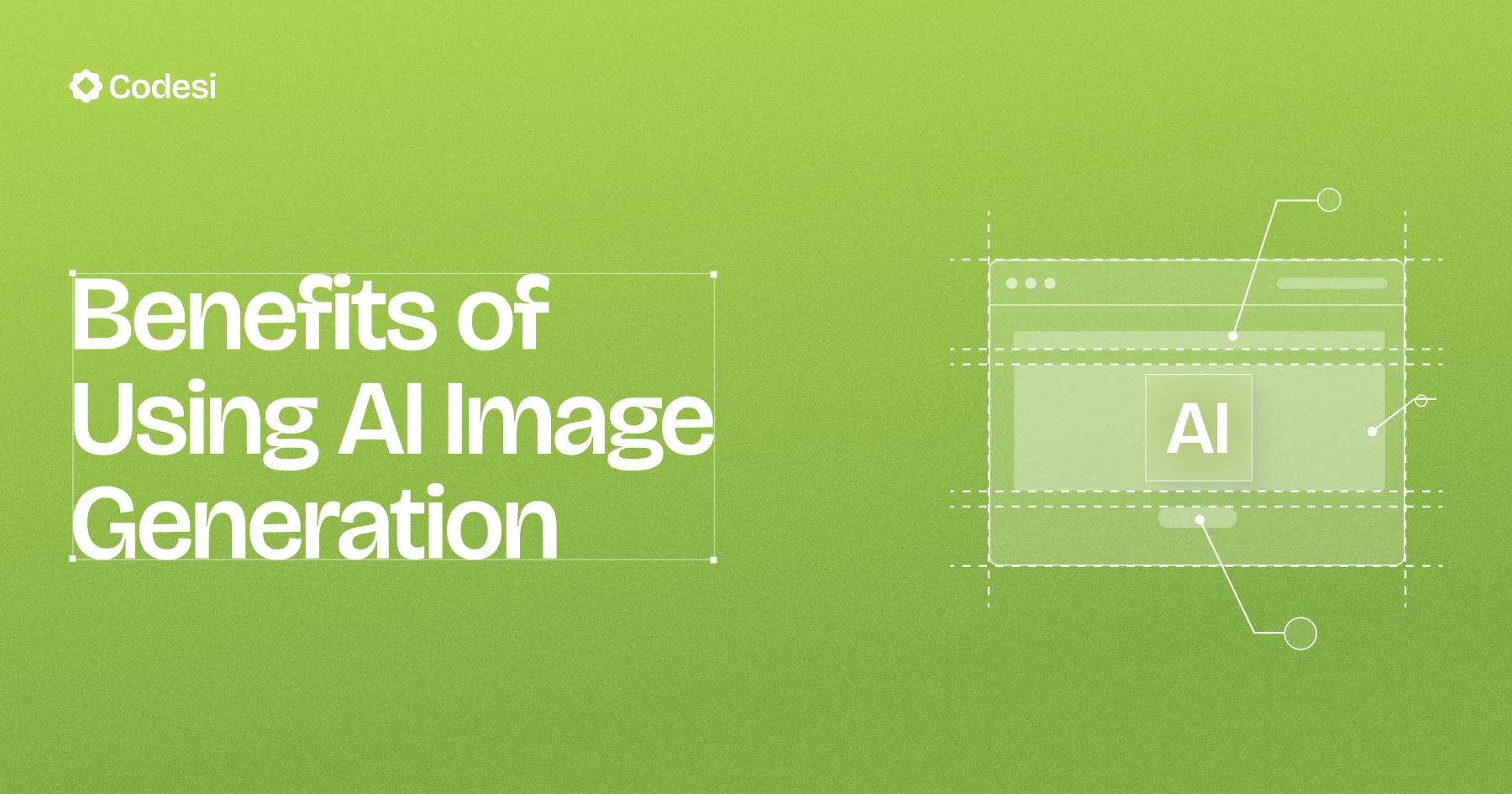
Brands are under constant pressure to deliver fresh, high-quality imagery that feels tailored, relevant, and immediate. The problem? Traditional content creation moves too slowly to keep up.
AI image generation changes the game. It gives creators and marketers the power to produce stunning visuals in seconds – without studios, lengthy revisions, or creative limits.
In this guide, we’ll explore the most powerful benefits of AI image generation in 2025, and why it’s quickly becoming the go-to solution for visual storytelling at scale.
What Is AI Image Generation?
AI image generation is the craft of producing entirely new visuals through generative deep-learning models – diffusion networks, transformers, and other neural architectures that learn patterns of shape, color, and style.
When fed a text prompt, sketch, or reference photo, these systems synthesize pixels from scratch, matching context, tone, and brand guidelines with remarkable fidelity. Hero banners, product mock-ups, storyboard frames – assets that once demanded days of shooting or hours of digital retouching now emerge in seconds.
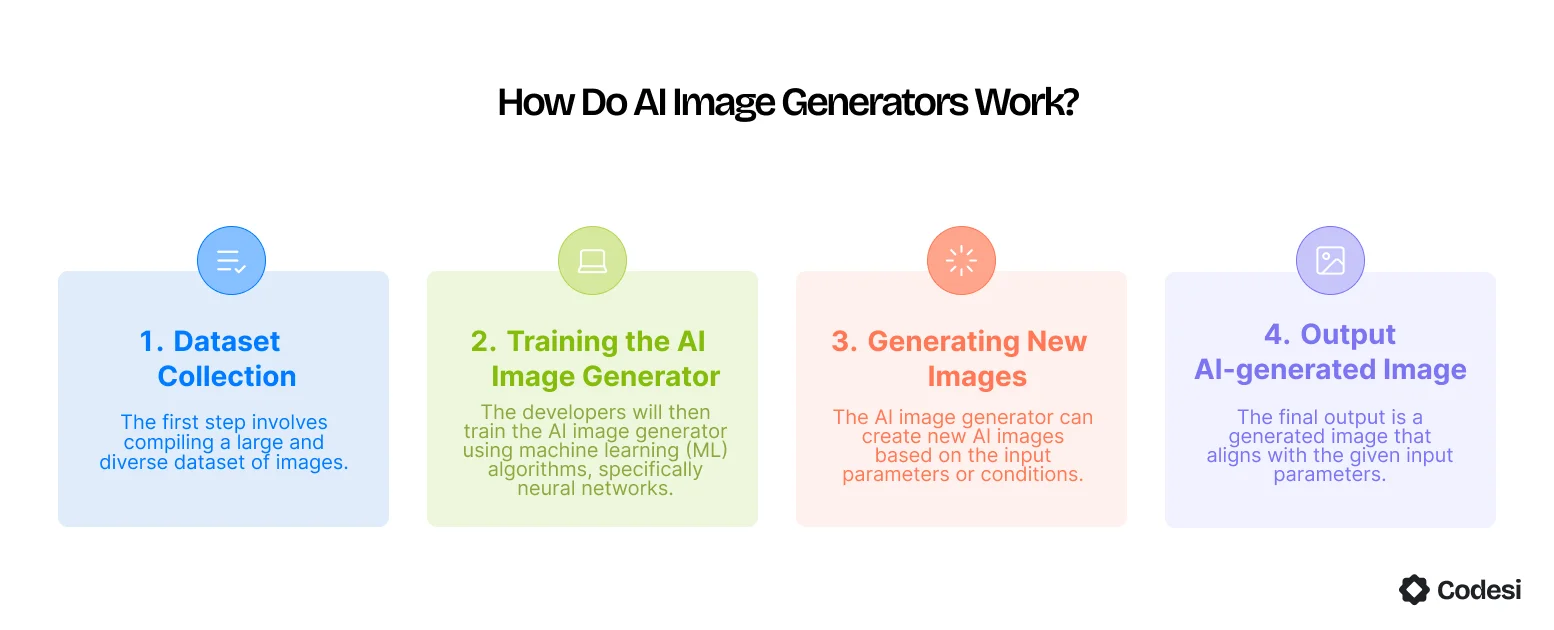
The impact is already measurable. McKinsey's 2024 global AI survey found that more than one-third of organizations are actively using generative AI to produce images, indicating widespread adoption across marketing, design, and product teams alike.
10 Key Benefits of Using AI Image Generation in 2025
Here's a breakdown of the key benefits transforming how businesses create and deploy visuals today:
1. Blazing-Fast Visual Production
Generative AI models can produce dozens of high-quality, brand-consistent visuals in seconds, all from a single prompt. As of mid‑2025, these systems generate over 34 million images per day, a scale traditional production teams simply can't match.
For marketers and creative teams, this speed removes long-standing blockages. Campaign concepts, product launches, and social content can go from idea to execution in hours rather than days. Real-time responses to trends, customer behavior, or breaking news are now possible, without waiting on drafts or approvals.
Why it matters:
Fast image generation enables rapid experimentation, tighter feedback loops, and dramatically shorter time-to-market.
2. Significant Cost Reduction
AI-first content production offers a powerful financial upside. Companies that have integrated generative image tools report 15 – 30% cost savings and up to 22.6% productivity gains, according to 2025 research.
Traditionally, creating a single campaign image has cost anywhere from $150 to $1,000, accounting for stock licenses, designer fees, revisions, and time.
Multiply that across 40–50 assets per month – for social media, emails, landing pages, and ad variants, and the cost easily exceeds $5,000 to $10,000 monthly.
Many businesses report spending under $300–$500 per month on AI tools while maintaining (or even improving) content quality. That means potential annual savings of $50,000 or more, without sacrificing creative output.
Startups and SMEs can redirect these savings toward performance marketing, hiring new team members, or accelerating product development.
Why it matters:
AI enables the reinvestment of resources where they matter most while maintaining a strong visual brand presence.
3. Unlimited Creative Possibilities
Reducing cost and production time is great, but what about originality? One of the most common concerns surrounding AI image generation is that it may lead to generic and repetitive visuals.
In reality, the opposite is true. AI opens up creative possibilities that extend far beyond what traditional methods can achieve, both in terms of scale and imagination.
Generative models can blend artistic styles, reinterpret familiar visuals, or invent entirely new ones from scratch. This kind of stylistic freedom allows brands to experiment with visual identities in ways that were previously too expensive or time-consuming to explore.
Proof in action:
A standout example is Heinz's viral "AI Ketchup" campaign. When the brand asked an AI to "draw ketchup," most results, despite their surreal twists, resembled a Heinz bottle.
Instead of correcting the AI, Heinz turned the images into a clever campaign about brand recognition, inviting users to generate their own AI ketchup art and proving even machines know what real ketchup looks like.
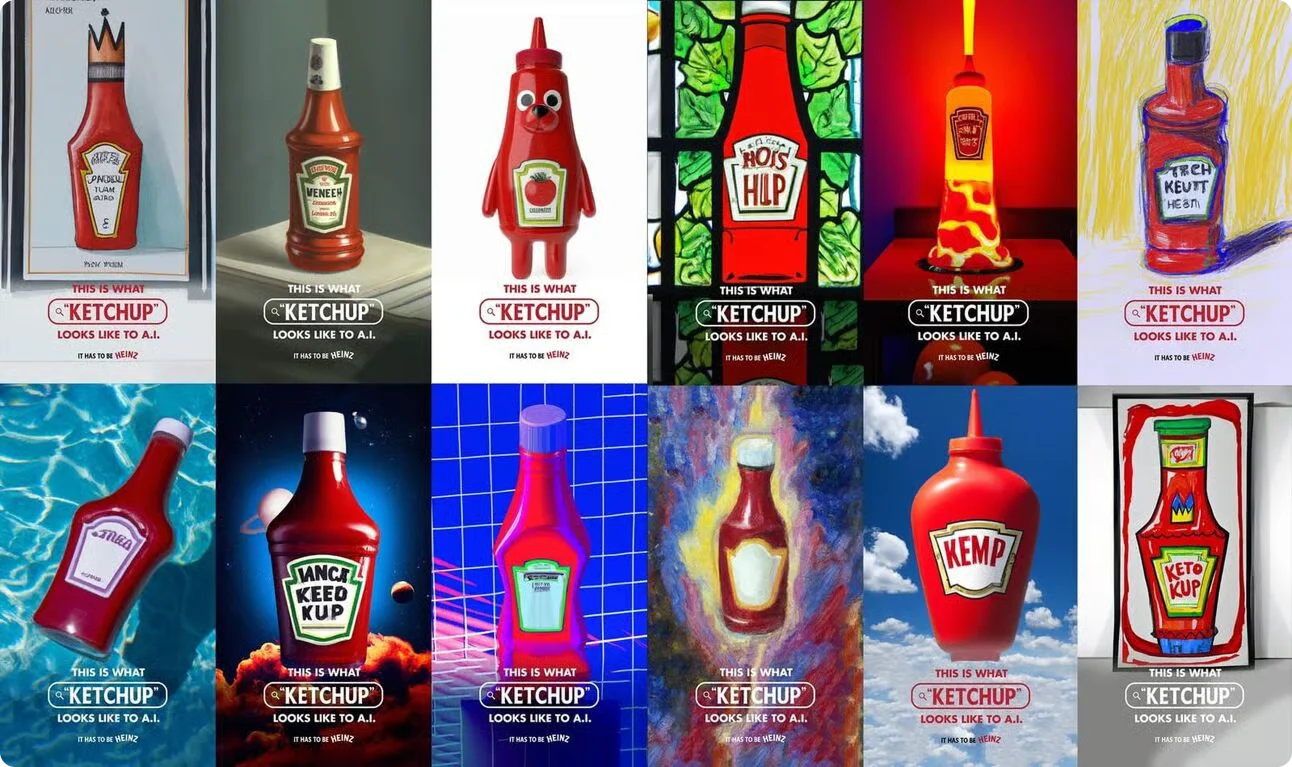
Why it matters:
Time, skill sets, or resources no longer limit creativity. AI allows brands to explore unconventional, highly stylized, or innovative directions.
4. Real-Time Prototyping and Refinement
Generative AI eliminates the lengthy revision loops that once slowed creative teams. Stakeholders can create a draft, adjust the lighting or color, and approve a final cut, all in the same meeting.
Live iteration shortens feedback cycles, maintains high momentum, and allows teams to pivot mid-project without disrupting timelines.
Real-world impact:
A large-scale field experiment found that human-AI teams were 60% more productive per worker in ad creation, while human-only teams spent more time refining images.
Why it matters:
Real-time iteration transforms slow production cycles into agile sprints, aligning teams quickly and enabling campaigns to reach the market ahead of the competition.
5. Personalization at Scale
Modern AI image generators accept variables, such as city, language, and buyer persona, directly in the prompt. The model then outputs a fully localized render for each combination, making one-to-one visual marketing finally practical.
Bain & Company found that brands using AI-targeted creative saw 10 – 25 percent lifts in return on ad spend (ROAS) precisely because they could swap in culturally relevant backdrops, products, and text on demand.
Case in point:
A beauty retailer utilized AI-driven visual customization to tailor social ads for Gulf, Levant, and North African audiences, resulting in a 67 percent sales increase in its largest market after switching to dynamic images.
Why it matters:
Hyper-specific visuals boost click-through rates and conversion while slashing the manual hours once required to create, and version control, dozens of asset sets for every segment.
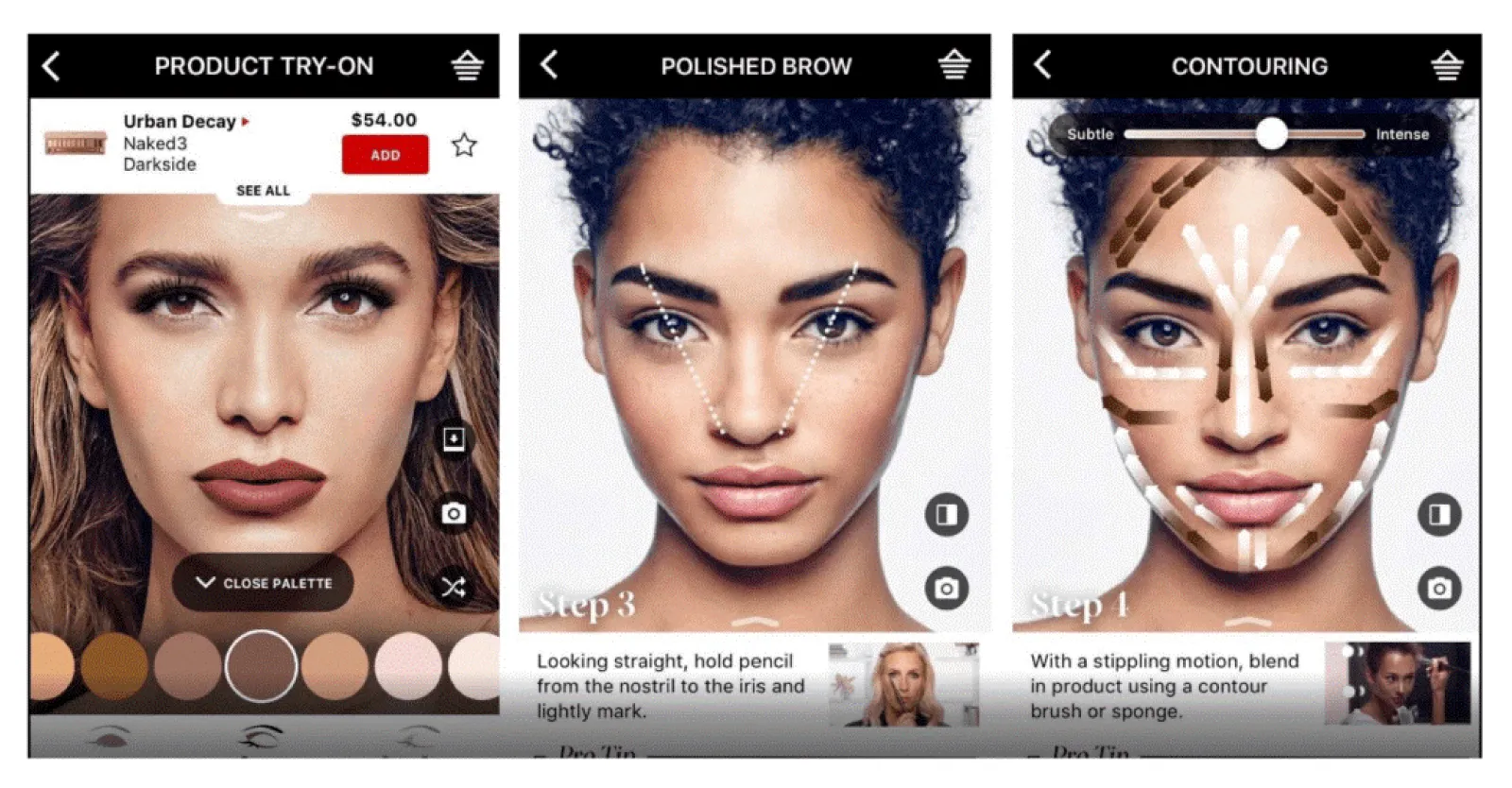
6. Consistent Brand Execution
Upload a style guide once, and the model "learns" your palette, typography, lighting, and tone. Every asset it produces, whether a LinkedIn banner or a coming soon visual, arrives in the right colors and fonts.
This type of automation allows designers to spend less time adjusting colors and fonts and more time focusing on their big-picture creative work. For multi-region enterprises, it also means local teams can generate assets safely, confident they will not stray off-brand.
Why it matters:
Automated brand governance ensures visual consistency and trust, maintaining a unified voice across every customer touchpoint.
7. Seamless Workflow Integration
Design suites and CMS platforms now enable users to generate, tag, and publish visuals without requiring a single context switch.
Integrated generation means fewer hand-offs, tighter asset versioning, and a smoother path from idea to publish. Teams can store prompts alongside creative briefs, auto-populate ad slots, and maintain a complete revision history within the same workspace.
Why it matters:
Tight integration reduces friction and cognitive load, letting marketers spend time optimizing campaigns instead of juggling file exports and uploads.
8. Improved Engagement and SEO Performance
Original visuals consistently outperform generic stock in almost every instance.
Search algorithms also reward uniqueness: Landing pages featuring authentic business photos enjoy 35% higher conversion rates compared with those relying solely on stock photography.
Authentic images help keep visitors on your site longer, lower bounce rates and boost your chances of showing up in rich results or featured snippets, especially when you include clear, descriptive alt text.
Why it matters: Fresh, brand-specific visuals serve a dual purpose – capturing attention in social feeds and sending strong quality signals to search engines.
9. Democratizing Design for Everyone
Generative tools flatten the skills gap.
A recent Salesforce study reveals that daily AI use among workers increased by 233% over six months, and 96% of employees reported utilizing AI for tasks outside their areas of expertise – underscoring its broad accessibility.
Accessibility means that interns, product managers, and founders can all create high-quality visuals with a well-written prompt – no advanced software or years of design training required.
Why it matters:
When great visuals are one prompt away, creativity scales with curiosity, not with a budget.
10. Sustainability Through Digital-First Creation
AI image generation bypasses the travel, materials, and energy costs associated with traditional shoots.
A peer-reviewed study finds AI illustration emits 310 – 2,900 times fewer CO₂e per image than human-led photography and retouching.
Brands leaning into AI-first production can, therefore, cut costs and shrink their environmental footprint simultaneously, aligning with investors and consumers who increasingly expect this.
Why it matters: Lower-carbon workflows transform sustainability from a trade-off into a competitive advantage, enabling teams to meet ESG goals while still delivering rich, high-volume visual content.
The Future of AI Image Generation
Building on these benefits, it's clear that image generation is reshaping how we approach visual creativity altogether.
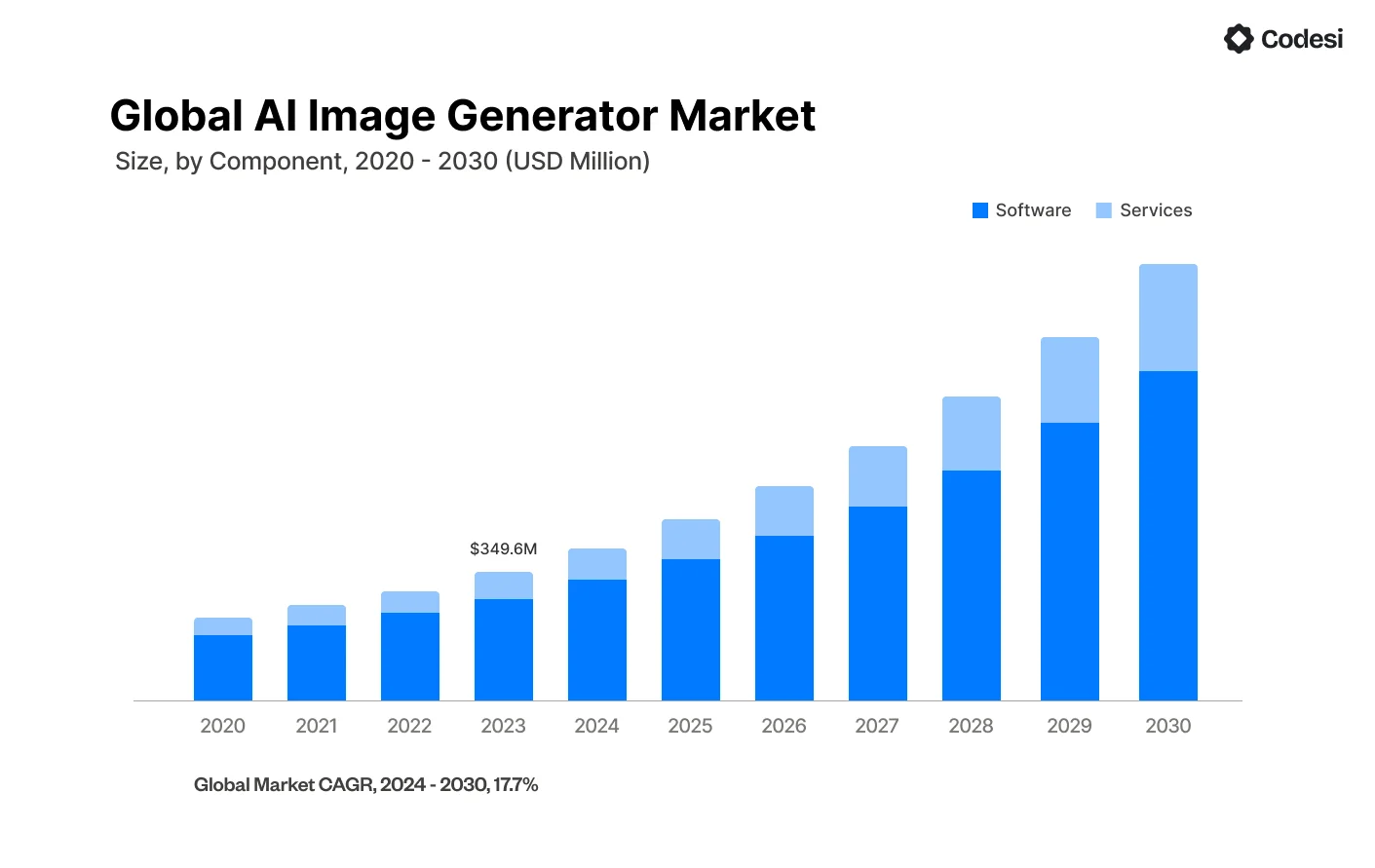
AI-generated images raise ongoing questions about ethics, copyright, and legal ownership. It’s often unclear who holds the rights, and current laws don’t fully address these issues. Creators should use such content responsibly and stay updated on evolving regulations.
As technology evolves, we can expect faster and more intuitive tools that make it easier than ever to bring ideas to life, often in ways that rival or even surpass traditional design methods.
In fact, forecasts predict the AI image generation market will grow from $8.7 billion in 2024 to over $60.8 billion by 2030, with AI responsible for generating up to 90% of all digital content in the near future.
As models become more powerful, we'll see breakthroughs in hyper-realism, real-time rendering, and even emotion-aware design, enabling everything from adaptive storytelling to personalized visual experiences that respond to mood, preference, or behavior.
Why Codesi Fits the Future of Visual Creation
With so many options available, the true value lies not just in speed or cost savings but in selecting the right platform to help you create smarter, faster, and with more intention.
If you're looking for an AI image generator that blends power, precision, and simplicity, Codesi stands out from the rest.
Designed to support modern marketing teams, startups, and creators, Codesi makes it easy to generate stunning, on-brand visuals with just a few lines of text.
Why Codesi stands out:
- No code, no learning curve – anyone can use it.
- Web-optimized results that match your brand and layout.
- Seamless integration with Codesi's website builder, so your visuals stay on-brand and on-task.
Ready to bring your website visuals up to speed?
Get started with Codesi for free and generate professional images in under three minutes.
Create your website with AI today
Codesi is a platform where you can make a website in 3 minutes.
No coding, no designers, no hassle - just AI.
